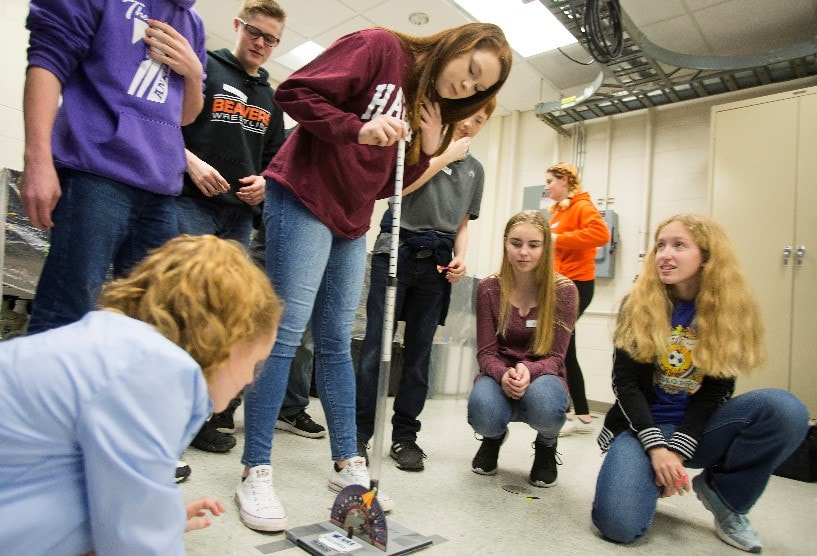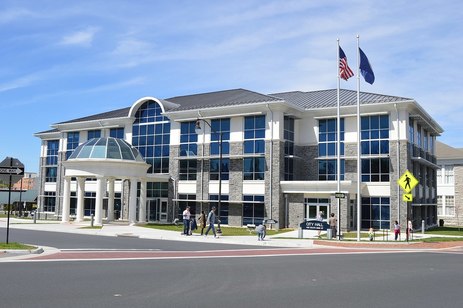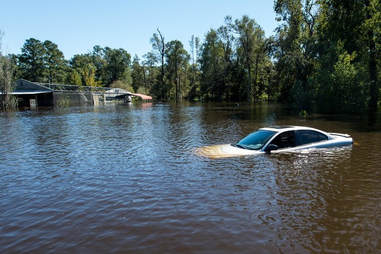Blog |
Discussing current issues in engineering
|
 U.S. Air Force photo by R.J. Oriez U.S. Air Force photo by R.J. Oriez In the September 2018 issue of “Civil Engineering” magazine from the American Society of Civil Engineers, an article by editor-in-chief Laurie A. Shuster discusses the rising class of young engineers. In her editor’s note, she writes that “millennials want to be a part of something greater and more important, beyond what benefits just themselves. And they find that in their careers as civil engineers.” Millennials’ affinity with growing technology and social media grants them the skills to easily adapt and self-teach new programs that would typically take more training for those who grew up in different technological ages. From her experience attending ASCE’s Younger Member Leadership Symposium, Shuster notes young engineers’ big picture visions, ambition, and desire to improve their communities beyond themselves. Our future generation of engineers looks bright!  Photo of Harrisonburg City Hall by Nyttend Photo of Harrisonburg City Hall by Nyttend The Harrisonburg Planning Commission will hold a public hearing this Wednesday, October 10th at 7pm in City Council Chambers (409 South Main Street) to consider the City’s Comprehensive Plan. According to the city’s official notice, everyone will have the opportunity to express their views at this public hearing and at others held by the City. Wednesday’s meeting will discuss the proposed Comprehensive Plan, which includes an updated Land Use Guide and Street Improvement Plan. It’s important for our community and its citizens to participate in public hearings to make sure any questions and concerns from the public can be considered for upcoming projects. Please consider attending! Comments may also be sent to Thanh.Dang@harrisonburgva.gov or addressed to the Department of Planning & Community Development and will be shared with the Planning Commission and City Council.  U.S. Air National Guard photo by Tech. Sgt. Jorge Intriago U.S. Air National Guard photo by Tech. Sgt. Jorge Intriago With recent flooding along the East Coast, flood management and prevention is a priority for civil engineers more than ever. While there’s no way to know exactly how much damage a natural disaster will cause ahead of time, it’s part of our job to think ahead and have plans set in place for any situation. Solutions before and after a flood include a comprehensive stormwater approach and floodplain protection and recovery, along with traditional methods when needed to safely divert excess water and other storm run-off after heavy rain. With recent flooding after hurricanes hit the East Coast, flood prediction and disaster management are especially relevant ways to address the issues that come with natural disasters. The October 2018 issue of PE Magazine features the article “Overwhelmed,” which discusses the measures officials must take for future flood prevention after Hurricane Harvey. According to the Harris County Flood Control District, 4.7 million residents of the Texas county were affected in some way by the flooding, and Hurricane Harvey stands as one of the country’s costliest weather events at $125 billion. Some structures, such as the Texas Medical Center, didn’t experience damage because of protocols, improvements, and systems implemented after Tropical Storm Allison in 2001. Even so, with the wide-reaching damage that occurred across the state, it’s important to think ahead by implementing improvements that work to minimize disaster impact before it strikes. While location is always a consideration before starting a new project, living in a floodplain can make building in easily-flooded areas inevitable. Understanding potential risks and thinking ahead makes all the difference when it comes to the environment. Our firm offers Feasibility Studies, Environmental Impact Reports and Environmental Site Assessments to help you understand how to get started. Our team is here to provide you with the high-quality engineering services your project deserves. Contact us to get started. |
Colman Engineering, PLCA professional engineering firm located in Harrisonburg, VA Archives
January 2022
|

 RSS Feed
RSS Feed
